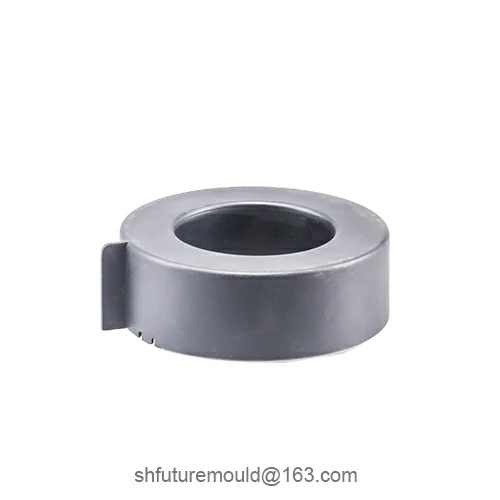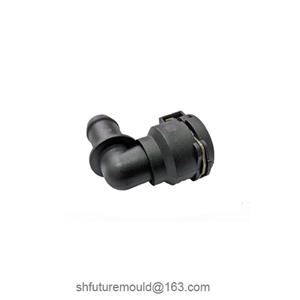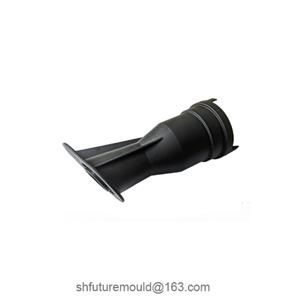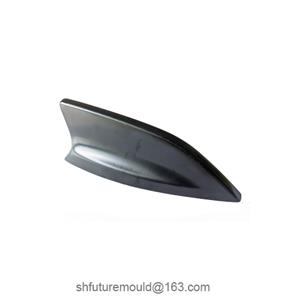What is the maximum wall thickness allowed in injection molding?
Injection molding can theoretically produce thick-walled products, but for quality and efficiency considerations, the general design recommendation is to maintain an overall wall thickness of approximately 1-4 mm. If localized thicker designs are necessary, they should typically be limited to 6-8 mm. Exceeding this range requires specialized process design and validation.
1. Material Properties
Different plastics (e.g., polypropylene, polycarbonate, nylon) exhibit unique flow characteristics, shrinkage rates, and thermal conductivity. Materials with better flowability can fill molds effectively even with thin walls. At the same time, those with higher shrinkage rates may require extended holding pressure and cooling times for thick-walled products to control internal stresses and warpages.
2. Part Design Requirements
For structural components, excessive wall thickness may lead to uneven internal stresses, inconsistent shrinkage, warpage, or visible sink marks. To ensure product quality and manufacturing efficiency, engineers typically optimize part structures during design, favoring uniform and thinner walls (e.g., generally recommended at 1-4 mm).
3. Mold Filling and Cooling
Thicker walls increase challenges in mold filling and cooling. Thicker walls can lead to uneven molten states, slower filling processes, and heightened risks of shrinkage and internal stresses during cooling. Additionally, extended holding pressure requirements may elevate mold costs and necessitate more complex process controls
- Injection Mold
- Automotive Injection Mold
- Electronics & Electrical Injection Mold
- Consumer Goods Injection Mold
- Airplane Components Injection Mold
- Medical Components Injection Mold
- Irrigation Components Injection Mold
- Injection Molds




